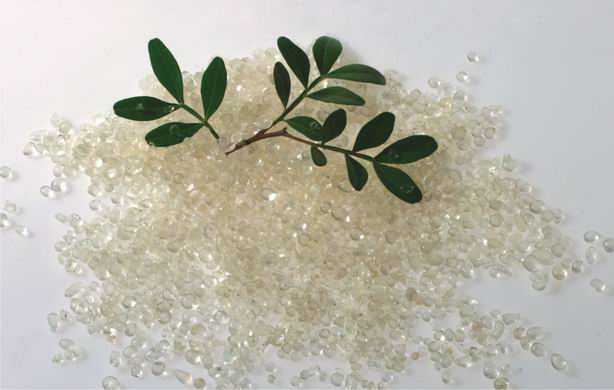
Masticha is also known as the greek vanilla since it used to flavor the deserts in Greece before the fabulous vanilla appear in the picture. Personally although I don ‘t want to get into the game of supporting one versus the other, but I just think that mastic is more versatile and can substitute vanilla in 90% of the deserts. A different taste, but equally tasty. It was used since the ancient times, for various applications mainly for the hygiene of the mouth. Currently the market is flooded with pills, mouth wash, gum and palms that carry as basic ingredient the masticha resin. So much that is actually easier to find the masticha products than the masticha itself.

Masticha is the resin that is coming out of the trunk of the Pistacia lentiscus tree. The tears of the tree as the locals refer to them. It is a semitransparent resin, that is very brittle but when mixed with small amounts of water becomes gummy and opaque. It is very strange, but although the tree is very common in all Mediterranean area the tree “tears” only on the island of Chios the only place it is produced. Many attempts were made to produce masticha in other places including United States, but they all failed. It is actually said that it was one of the spices Columbus wanted to discover in the new land. He was at the island of Chios the years 1473 and 1474 and he was amazed by the tastes of liqueur and the gum the locals were using. So when he arrived at the newly discovered land he smelled the Pistacia lentiscus trees and he hoped he found another source of spice. Unfortunately all his attempts failed. Although the masticha trees were refered by Herodotus as early as 5th century B.C. there is no known myth relating to the product. My personal guess would be that the remote location of the island, and the very limited production did not made possible the spread of the spice to the rest of Greece. There is, however, one myth related to masticha from the more recent history. In 250 A.D., when the Romans occupants of the island tortured and beheaded St. Isidoros, according to the legend, the trees start shading their tears touched by his drama.
The collection is a very tedious and time-consuming process, requires year around tree care and is highly regulating from the Greek legislation (one of the few things that does). It starts in winter by pruning the tree to increasing the space between the remaining branches. The early summer days the ground under the trees is cleaned throughly and every little stone, rock and broken brunch is removed. Then with brooms (usually handmade by cutting bushes) the area is cleaned by the dusty soil and a thin layer of calcium carbonate is placed and it is pressed to become cohesive and solid. It is used to prevent the masticha from sticking to the ground. If the resin was falling on the regular reddish soil it would immediately be spoiled. From early June till end of September (both are dates defined by the respective the Greek legislation) the tree poking takes place. The men (it is the tradition) will use a specially shaped knife to make small incisions 4-5 mm deep (1/8’) and about 10-15 mm long (1/3). The resin will start oozing out and dripping on the ground or beads up on the surface of the trunk. The first collection is done on August 15, when in Greece is celebrated the resurrection of Santa Maria (Madonna) in order to take her blessings. The trees can live for very long but the most productive years are from 5 to 70 years old. Depending on the tree size and age it can be poked up to 100 times. The last poking however happens during the end of September, and the collection of the resin beads ends in middle October or with the first Autumn rain. After the bigger pieces are hand collected by and from the ground and the trunks, the carbonate is collected and sifted through a strainer. The cleaning is a very tedious process and takes many months after the collections is over.
Masticha contains masticin oil (2%), masticinic acids (4%), crystalline masticinic acid (0.5%), mastionic acid (38%), masticoresin (50%) and 5 % impurities. It easily dissolved in alcohol and that ‘s why it is so popular and easy to make the liqueur that is produced by the dissolving masticha in alcohol (recipe given later). Some of the aforementioned ingredients recently have been link with antiseptic and disinfecting properties which explains the large spread of masticha for therapeutic application during the ancient times.
Traditionally masticha is used in pastry where the aroma is unmatchable strong and it does not leave after taste. I will give here however the liqueur recipe that I love. I have not tried that myself but a family friend makes it and it is amazing, over ice in a hot summer day.
- 4 cups of water
- 6 1/2 cups of sugar
- 1 tbsp of corn syrup
- 4 cups of 95 proof alcohol (really good vodka 45-48% alcohol)
- 5 gr of masticha (this is actually up to you)
Bring the water, the sugar and the corn syrup to a boil to dissolve the sugar and cook for 10 minutes to make a syrup. Let cool at least to room temperature. The meantime add the masticha in the alcohol and dissolve it. You don ‘t really have to do anything. Just wait and it will dissolve. At this point if you think you want more flavor add more according to your taste. Let it for a while till all the impurities in masticha settle and then strain it through a double cheese cloth. After the syrup is cooled add it slowly to the alcohol and stir to dissolve it. Do not add all the syrup. Adjust it, to your liking. I want mine sweet but not very much. Let it in a dark place for a month, although it can be consumed within a week. But the longer you store it the more mellow the flavors become.
Enjoy a spice (or a flavoring to be more precise) from the heart of Greece. A flavor that is more Greek that the Parthenon and the Olympus mountain. A flavor that is to every Greek the smell of home. You can find it on many retailers on line but make sure it is from the island of Chios. Sorry… It cannot be from anywhere else.
Printable Recipe Card

Ingredients
-
4 cups of water
-
6 1/2 cups of sugar
-
1 tbsp of corn syrup
-
4 cups of Vodka
-
5 gr of spice masticha
Directions
- Bring the water, the sugar and the corn syrup to a boil to dissolve the sugar and cook for 10 minutes to make a syrup.
- Let cool at least to room temperature.
- The meantime add the masticha in the alcohol and dissolve it.
- After the syrup is cooled add it slowly to the alcohol and stir to dissolve it.


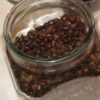
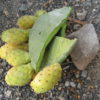
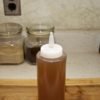
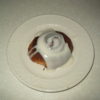

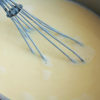

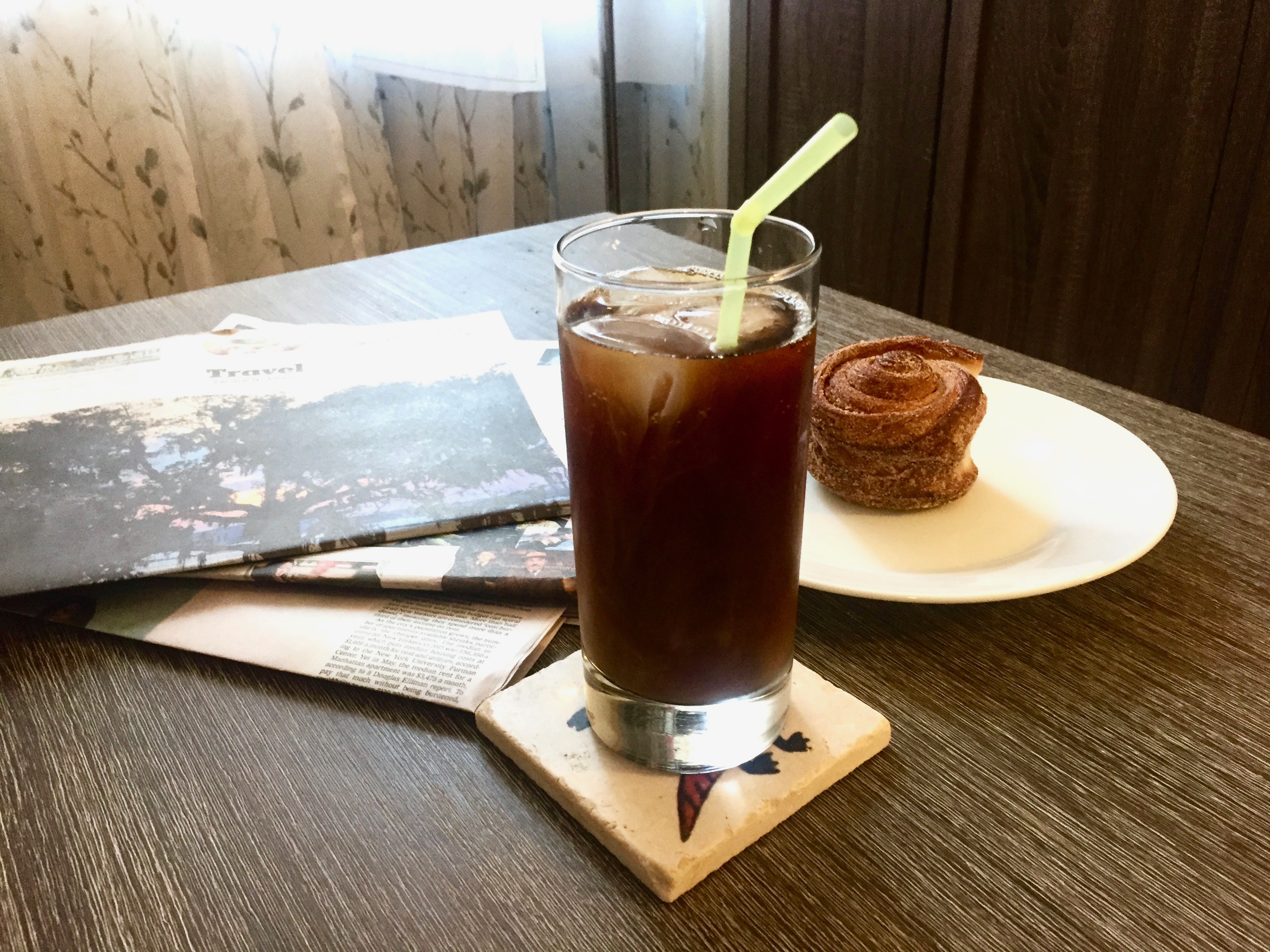
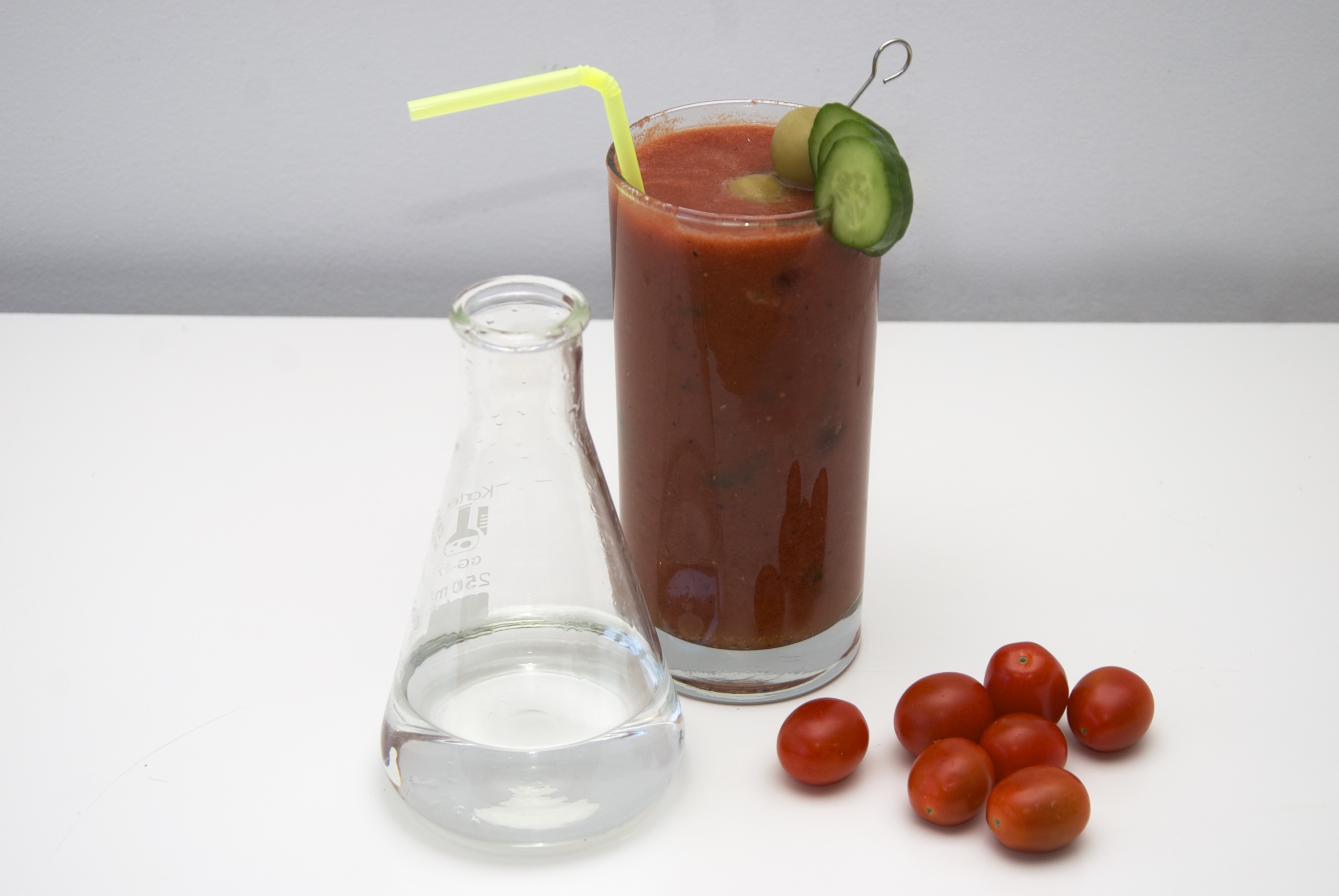
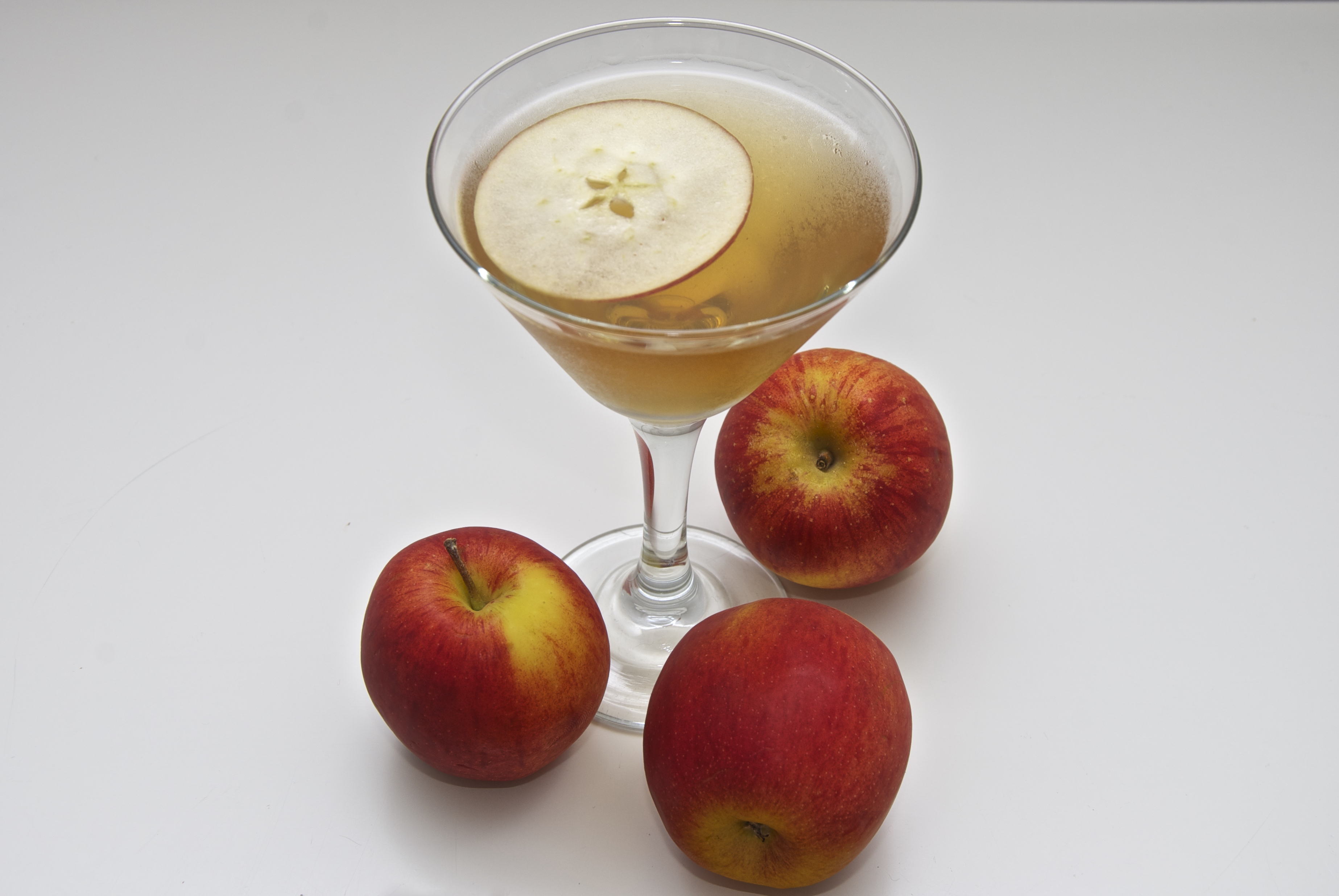
Leave a Reply